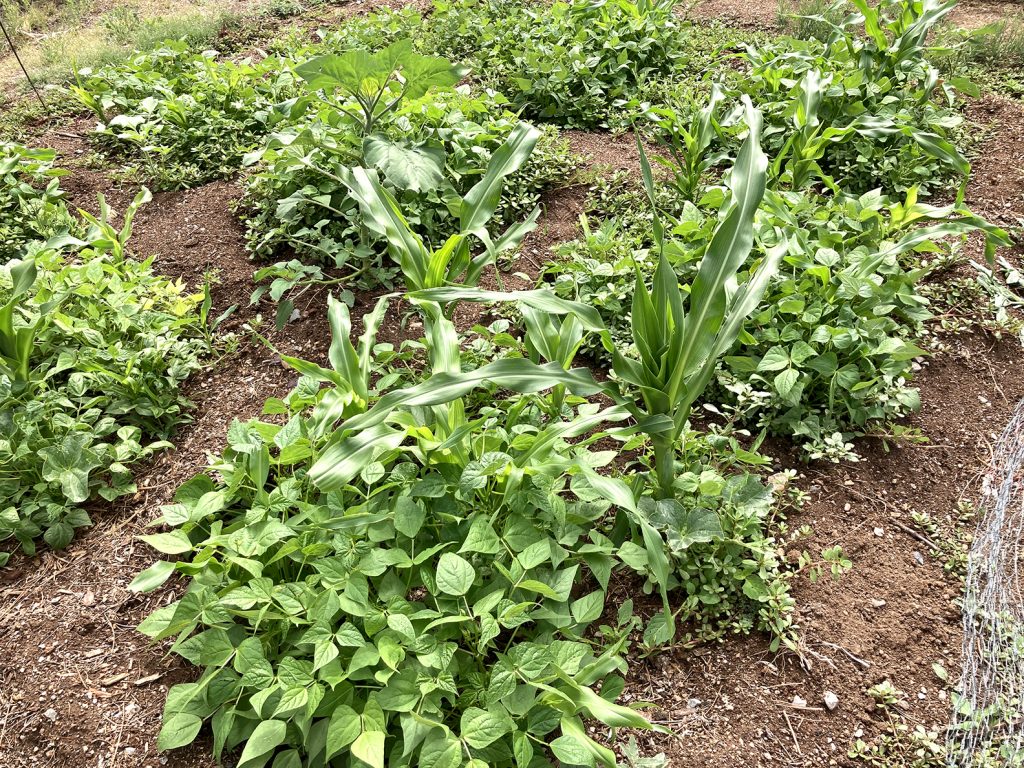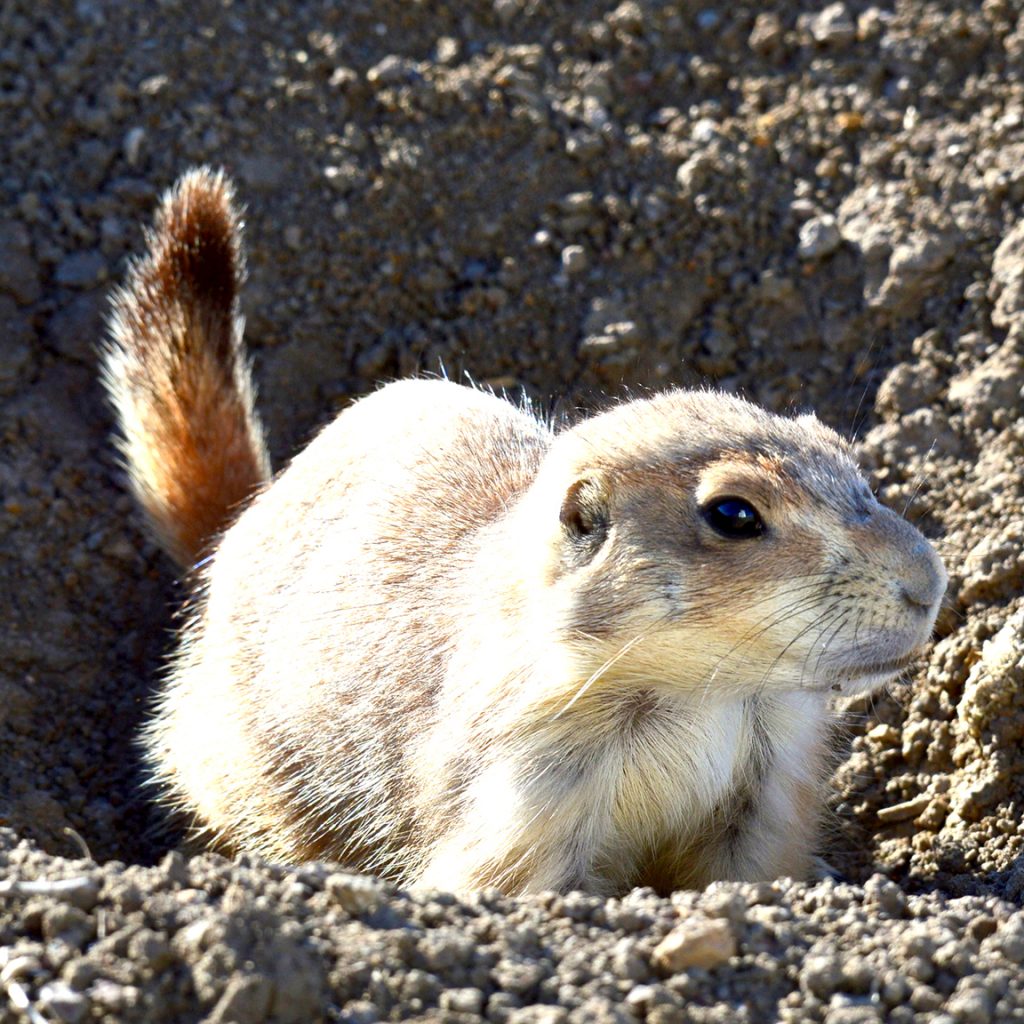Gardens are really a part of your home and can be both beautiful and practical. When space is limited, gardening in containers can be an alternative to the traditional high desert garden. Containers are also great because you can control the environment around your plants, move the pots for best light, and coordinate with your outdoor décor.
The process begins with the choice of a container. It may take the form of a pot, tin, basket, tub, or maybe even a barrel. Whatever you choose, make sure it has drainage holes. Many people prefer plastic pots as they are lighter and easier to move around, and because the soil will not dry out as fast as terra cotta pots. Whatever container you choose, it must have a drainage hole. Variety in color and shape of containers can add interest and beauty to your garden.
Bigger containers are necessary for tomatoes or potatoes which have root systems going down 12 to 15 inches. A five-gallon pot is needed for these. Flowers and herbs do well in three-gallon pots.
A good organic ‘potting soil’ or ‘container soil’ is required because it is quicker draining than regular garden soil and is the most costly part of container gardening. If using a pot more than two feet high, the bottom 1/3 can be filled with old plastic bottles or other non-organic trash so you do not waste space with the expensive soil mix. Fill the pots with soil but leave a space of 1-2 inches at the top for watering.
Fertilizers are required for nutrients not found in the potting mix. After your plants have recovered from transplant shock and new leaves are starting to form, an organic fertilizer such as Job’s Organic or Sea Grow can be applied. When growing veggies, more phosphorus than nitrogen is needed during the time of fruiting in order to get more produce, so you might want to use a different fertilizer then.
Potted plants require frequent watering, possibly twice a day. The way you know it is time to water is by putting your finger in and pushing down an inch. If the soil is dry, time to water. If you are having trouble judging this, buying a moisture meter might help. And remember, plants like some sun every day.
It is recommended to repot every two years. Sometimes when pulling a plant out of its pot, you will find the roots wrapped around the soil. If they are root bound like this, cut through some roots an inch or so into the soil and re-work the roots.
A vertical tower is another approach to container gardening. You can make a vertical tower with a piece of five-foot wire mesh rolled in a circle so that the round end fits into a tub. Vegetables such as tomatoes, cucumbers (with a little additional horizontal support), and peas will do well grown on this vertical mesh. There is an extremely creative do-it-yourself website, “23 Family Gardens”.
Vertical hydroponic systems are also a possibility and can be checked out on the internet.




